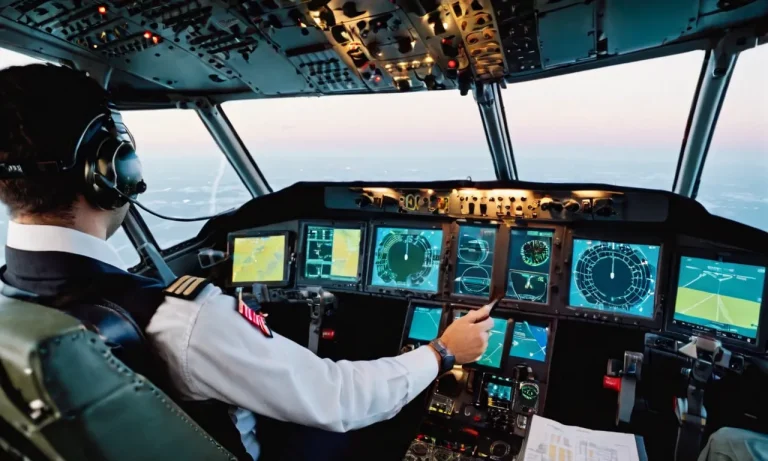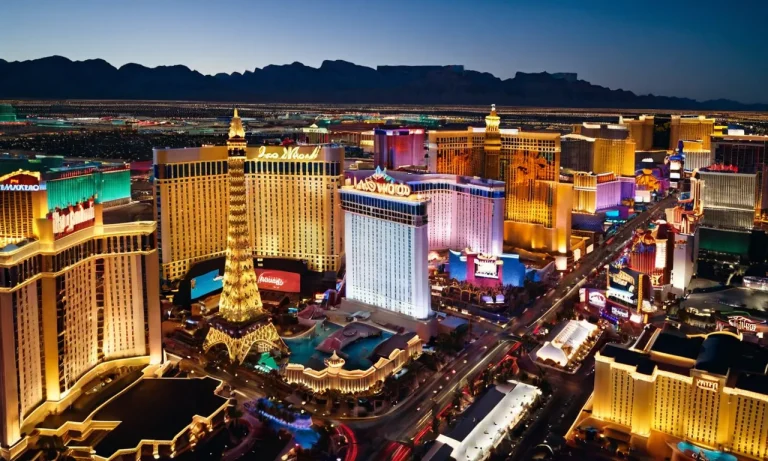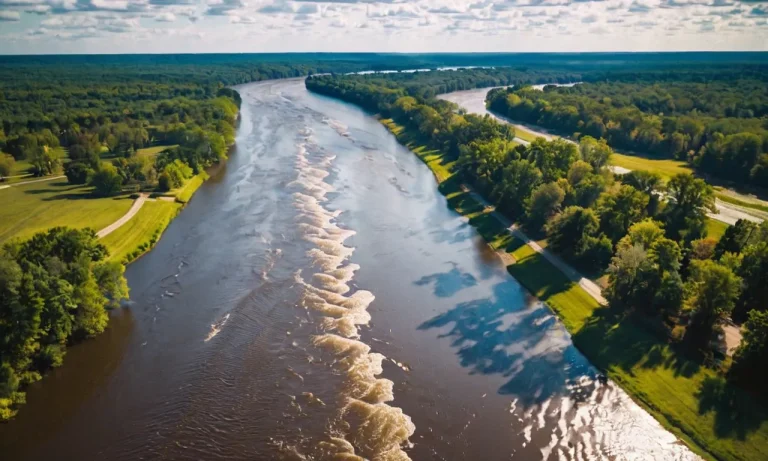Is Hawaii Considered A Domestic Flight?
With its tropical beaches and breathtaking natural beauty, Hawaii is a dream vacation destination for many travelers. But for those in the continental United States, you might be wondering: is flying to Hawaii considered an international or domestic flight?
If you’re short on time, here’s the quick answer: Yes, flights to and from Hawaii are considered domestic flights.
In this detailed article, we’ll explore why Hawaii is considered part of the U.S., the history behind Hawaii becoming a state, what islands constitute the Hawaiian archipelago, and what differences travelers will experience on flights to Hawaii versus the continental 48 states.
Hawaii is Legally Part of the United States
Contrary to popular belief, Hawaii is indeed considered a domestic flight within the United States. It is legally part of the country and enjoys all the rights and privileges of being a state.
Admitted as 50th State in 1959
Hawaii officially became the 50th state of the United States on August 21, 1959. Prior to that, it was a territory of the United States since 1898. The statehood of Hawaii was a highly significant event, marking the inclusion of the island chain as an integral part of the country.
Being a state means that Hawaii is subject to the same laws, regulations, and protections as any other state in the nation. This includes issues such as taxation, civil rights, and representation in the federal government.
Full Representation in Congress
As a state, Hawaii has full representation in the United States Congress. This means that it has two senators and at least one representative in the House of Representatives. The senators and representatives from Hawaii have the same voting power as their counterparts from other states, allowing them to actively participate in the legislative process.
Furthermore, Hawaii also participates in the presidential elections, with its residents having the right to vote for the President of the United States. The state holds primary elections, and its electoral votes are counted towards the final outcome of the presidential race.
It is important to note that while Hawaii is part of the United States, it is geographically located in the Pacific Ocean, far from the contiguous states. This geographical separation gives Hawaii its unique culture, landscapes, and traditions, making it a popular tourist destination.
Geography of the Hawaiian Islands
The Hawaiian Islands, a beautiful archipelago located in the Pacific Ocean, are known for their stunning landscapes, breathtaking beaches, and unique geography. The islands are a part of the United States and are situated approximately 2,400 miles southwest of California.
The Eight Main Islands
Hawaii consists of eight main islands, each with its own distinct characteristics and attractions. These islands are:
- Hawaii (also known as the Big Island) – The largest and youngest of the islands, home to active volcanoes and diverse ecosystems.
- Maui – Famous for its beautiful beaches, lush rainforests, and the iconic Road to Hana.
- Oahu – The most populous island and home to Honolulu, the state capital, and world-famous Waikiki Beach.
- Kauai – Known as the “Garden Isle” for its lush greenery, stunning waterfalls, and dramatic cliffs of the Napali Coast.
- Molokai – A quiet and rustic island with a rich Hawaiian cultural heritage.
- Lanai – Once known as the “Pineapple Island,” it is now a private island retreat with luxurious resorts.
- Niihau – A privately owned island with limited access to the public.
- Kahoolawe – Uninhabited and primarily used for cultural and archaeological purposes.
Hawaii’s Unique Geography and Geology
One of the most fascinating aspects of Hawaii’s geography is its volcanic origins. The islands were formed by volcanic activity over millions of years. The youngest island, Hawaii, is still growing due to ongoing volcanic eruptions.
The islands also boast a diverse range of microclimates, thanks to varying elevations and trade winds.
Hawaii’s stunning landscapes include towering mountains, deep valleys, cascading waterfalls, and pristine beaches. The islands are also home to unique flora and fauna, some of which can only be found in this tropical paradise.
If you’re interested in exploring the geology and geography of Hawaii further, be sure to check out the Hawai’i Volcanoes National Park or visit the Hawaii Magazine website for more information and resources.
Flying to Hawaii
Planning a trip to Hawaii? Before you pack your bags and board the plane, it’s important to understand that despite being part of the United States, Hawaii is not considered a domestic flight in terms of air travel regulations.
This means that there are a few key differences to keep in mind when flying to the beautiful islands of Hawaii.
U.S. Regulations Still Apply
While Hawaii is a state within the United States, it is geographically separated from the mainland, which means that certain regulations still apply when flying to and from the islands. It is important to note that all passengers traveling to Hawaii from the mainland will go through the same security measures as any other domestic flight.
This includes going through TSA screening, adhering to carry-on and checked baggage restrictions, and complying with any other applicable safety protocols.
Additionally, passengers flying to Hawaii from the mainland are subject to the same customs and immigration procedures as international travelers. This means that upon arrival in Hawaii, passengers will need to present a valid passport or other acceptable identification, complete any required declaration forms, and go through customs and immigration checks.
For more information on specific regulations and requirements when flying to Hawaii, it is always best to check with the airline or consult the official website of the Transportation Security Administration (TSA) or the U.S. Customs and Border Protection (CBP).
Longer Flight Times from Mainland
Due to its remote location in the middle of the Pacific Ocean, flights from the mainland to Hawaii are typically longer than domestic flights within the continental United States. The average flight time from the West Coast to Hawaii is around 5-6 hours, while flights from the East Coast can take 9-10 hours or more.
It’s important to keep this in mind when planning your trip to Hawaii, as the longer flight times may require additional preparation and consideration. Be sure to pack any necessary essentials, such as snacks, entertainment, and personal comfort items, to ensure a comfortable and enjoyable journey.
With its stunning natural beauty, rich cultural heritage, and warm hospitality, Hawaii is a dream destination for many travelers. By understanding the unique aspects of flying to Hawaii, you can better prepare for your trip and make the most of your time in paradise.
Conclusion
To wrap things up, while Hawaii’s tropical location and unique history make it unlike anywhere else in the United States, it is very much a part of the country legally and logistically. Flights to the islands follow all domestic aviation rules and regulations.
And there’s no need to pull out your passport or go through customs when you arrive! While the flight itself may be longer, you can sit back, relax, and enjoy true American paradise once you touch down in Hawaii.








